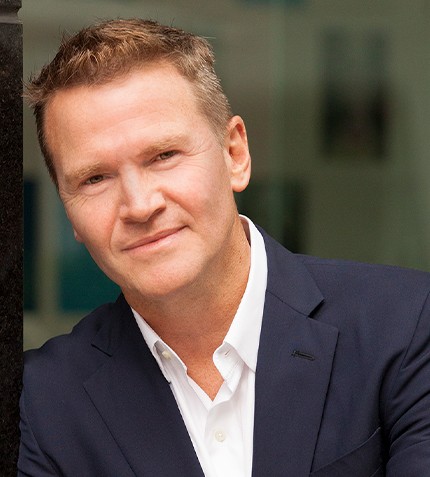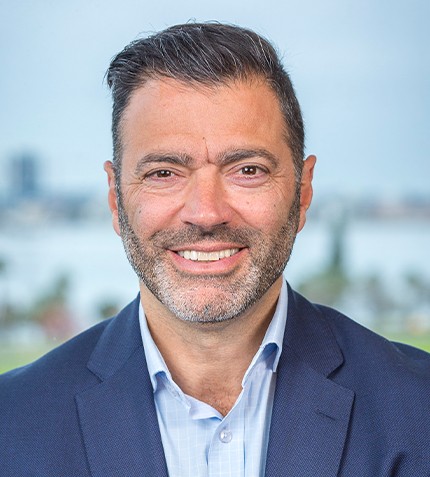
"Streaming is becoming widely accepted as it is a patient and forgiving form of financing for mine developers and complements traditional financing when structured well."
Shaun Usmar
CEO, TRIPLE FLAG PRECIOUS METALS CORP.
How has Triple Flag evolved over the past few years?
Triple Flag has delivered tremendous growth. In 2020, we had five projects come online that are ramping up, and we expect to have annual growth in gold equivalent ounces (“GEOs”) of 30% in 2021, building on a sector-leading 24% CAGR from 2017 to 2020. When we last met, Triple Flag had completed a small Mongolian deal with Steppe Gold on the ATO mine, which hit commercial production in 2020. Since then, the company completed a transaction with RBPlat in South Africa, where we streamed gold on their PGM mines, added the best and largest precious metal stream we have seen in five years, which was the US$550 million gold and silver stream on the Northparkes copper mine in Australia, and did the largest mining IPO on the TSX since 2012 in May 2021.
How has the stigma that private money cannot compete with large publicly-listed royalty companies evolved?
We’ve proven the opposite. We believed that there was real opportunity for additional stream and royalty financing to service the funding needs of mining companies, particularly where larger cheques and technical and commercial know-how represent significant barriers to entry. Our demonstrated growth has proven our beliefs to be true, and we see that continuing. The bulk of our efforts are focused on idea generation - putting proposals in front of mining companies and educating them on the benefits it can provide - versus just participating in auctions. We aim to supplement or replace conventional financing while offering miners solutions that meet their specific needs. Streaming is becoming widely accepted as it is a patient and forgiving form of financing for mine developers and complements traditional financing when structured well.
How central is ESG to Triple Flag's investments?
ESG is an increasing focal point for investors in the sector. Triple Flag has considered our role as a capital provider from first principles - how to live our values and make a positive impact in this ecosystem. It starts by recognizing that we are a financier and not an operator. Our point of greatest impact is at the time of investment when we choose who we partner with. We avoid deals where we are concerned about ESG practices and orientations. We like to invest alongside our partners to enhance their privilege to operate with their host communities and governments, and have funded scholarship programs with various partners, including Royal Bafokeng Platinum and Northparkes. We are also working with our partners towards reducing carbon emissions, and report the scope 1, 2 and 3 carbon emissions associated with our portfolio that account not only for the emissions from our corporate activities, but also attributable emissions from our investment into mining companies. We then acquire accredited offsets to ensure the ongoing carbon neutrality of our business.
Can you elaborate on how you see M&A activity unfolding in the new mining cycle?
The evidence at the moment is that management teams are perhaps demonstrating too much fidelity to the lessons learnt from the last cycle. We are seeing more discipline in capital allocation, companies are returning capital via share buybacks, growing dividends are being paid, and balance sheets are in good shape. On the other hand, this focus has resulted in a relative scarcity of capital being made available to sustain the industry longer term via exploration, reserve replacement, and new project delivery. The sector is also too fragmented, with individual companies lacking the scale to be relevant in the minds of many investors and OEMs, which I think creates the conditions for more thoughtful M&A. This is especially relevant with regards to the energy transition, where I believe EV and battery OEMs are underestimating the full extent of the vertical supply chain they will need to satisfy potential consumer demand for EVs. In a relatively fragmented sector, consolidation would help satisfy the near-term demand while investment into exploration and development of new mines catches up. Stream and royalty financing can help fund M&A activity in a symbiotic manner. I’m excited about the promise of this next cycle.










